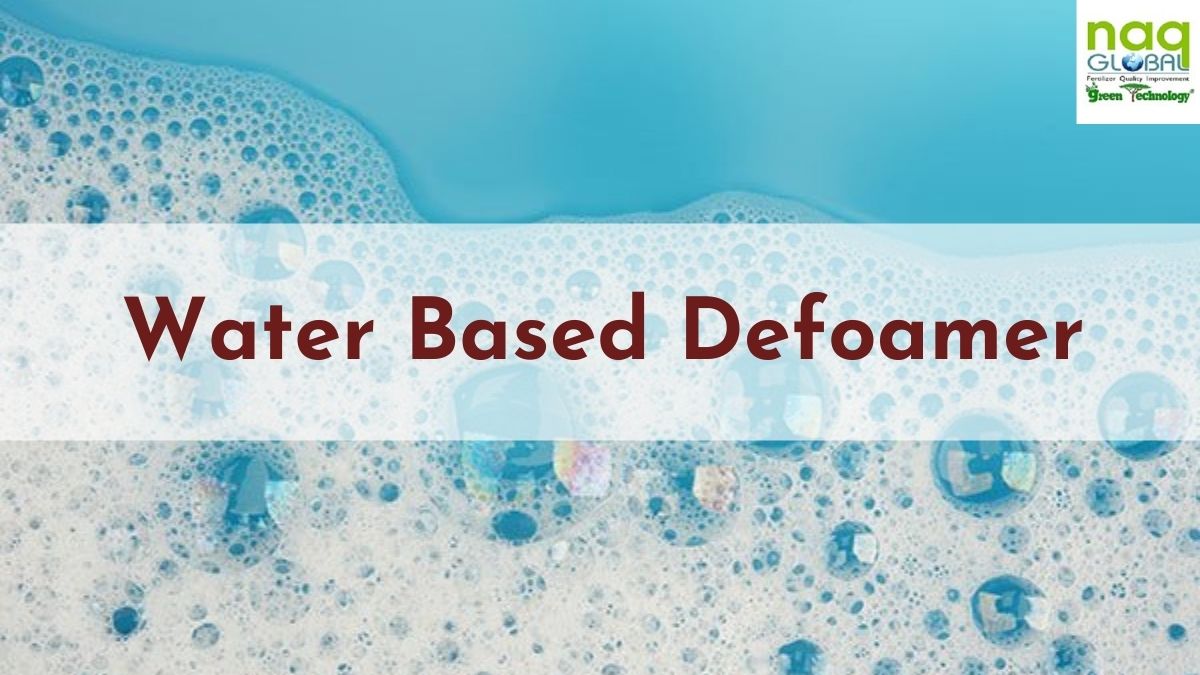Fertilizers are of vital importance to the modern agricultural industry. Their use leads to huge increases in crop yield and production of foodstuffs from farms that would otherwise be uneconomical. Today, fertilizers make farming possible on land that’s too small or hilly to grow crops without them. Fertilizers keep crop yields up as the underlying soil fertility is used up. They help combat losses of land fertility because a few crops can be grown on land that would otherwise need to lie fallow for a year or two to recover its fertility.
Fertilizer granulating aid is an adaptable and organic substance with a lengthy history in the industry.
Significance of fertilizers
The main importance of fertilizers in Agriculture is:
- Nitrogen is one element renowned for its capacity to stimulate plant growth. It also acts as a greening agent. Because of the benefits indicated above, nitrogen-rich fertilizers are favored.
- Accelerated maturation: The phosphorus concentration of fertilizers is responsible for the plant’s maturity. Farmers that want to speed up plant development should use phosphorus-rich fertilizers.
- Potassium in fertilizers helps strengthen plant stalks and straws, increasing resilience. As a result, they can hold more water and are more resistant to drought conditions.
- Fertilizers can improve the quality of fruits and seeds, resulting in a higher yield and earnings.
About Bio-Fertilizer
Farmers have used chemical fertilizers to improve crop yield over the years to satisfy rising demand. However, long-term use of these chemical fertilizers has proven to be hazardous to all kinds of life by polluting the air and water and depleting soil nutrients. As a result, there is an urgent need to transition to organic farming, including bio-fertilizers.
Living organisms that improve soil quality are known as bio-fertilizers. It refers to using microorganisms, such as various bacteria or fungi, to increase fertility. Bio-fertilizers are also far more environmentally friendly than their synthetic/chemical counterparts. Because of this, they are using bio-fertilizers are extremely useful and vital.
The following are the several types of bio-fertilizer:
● Bacteria
● Fungi
● Algae
A fertilizer coating material is a surface treatment that can be liquid, solid, thermoplastic, or reactive applied to solid materials. Coatings are often used to granular or prilled nitrogen fertilizer. However, multi-nutrient fertilizers are occasionally utilized.
Fertilizer Applications
Fertilizers serve a variety of functions. The following are the applications of fertilizers:
● Used to offer extra nutrients to plants.
● They are included to increase crop output.
● Nitrogen-rich fertilizers are used to green up lawns.
● Organic fertilizers increase soil texture and fertility.
● Gardeners employ fertilizers to fulfill specific plant demands, such as nutritional requirements.
● Fertilizers are used to replenish the nutrients lost by potted plants.
Organic fertilizer coating is best. It is used in combination with soil enhancers. It needs to be released gradually so the plants can use it before we apply a new coating.
Benefits of Filter Aid Powder
Experience in numerous applications across numerous sectors has demonstrated that switching to filter aids can significantly lower filtration costs without sacrificing performance.
Conclusion
Fertilizer-dependent rice cultivation erodes soil health and may endanger future rice output in several nations. The greatest solution for restoring soil health and carbon storage in soils will be integrated nutrient management approaches incorporating chemical, organic/biofertilizer nutrient sources.
Green manuring crops such as Sesbania can improve soil fertility and increase rice yield, making them a viable organic farming input. Biofertilizers containing N2-fixing bacteria and PSB can replenish N and boost P fertilizer efficiency, resulting in increased crop output.









